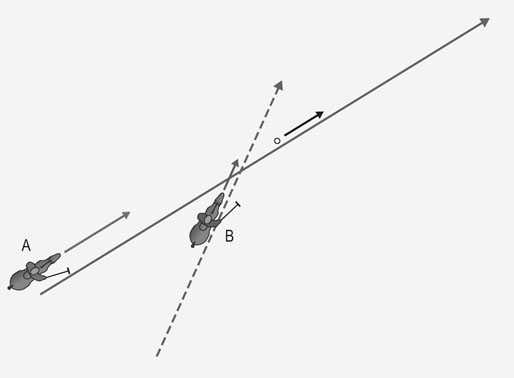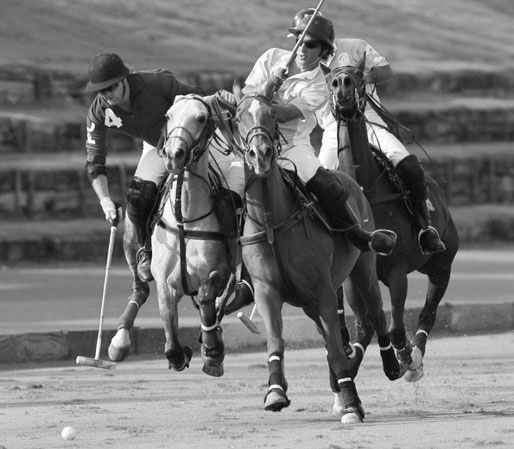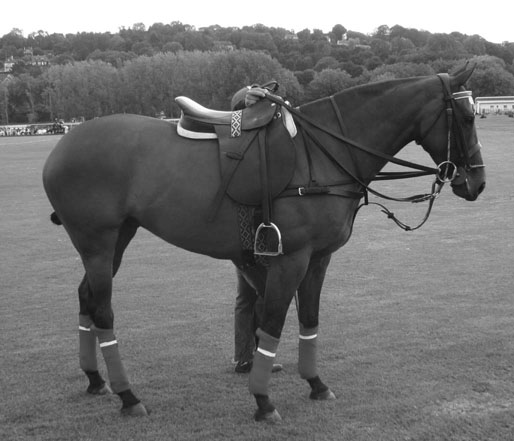Originating from India,1 where its name ‘Pulu’ came from, polo spread during the first millennium from India towards the Middle East, following the path of Mongol invasions. A 600-year-old polo field can still be seen in Ispahan, now a public park, where Shah Abbas the Great played polo. Discovered by British tea planters2 in the region of Manipur (north-east of India) in the middle of the nineteenth century, polo was rapidly adopted by the British army and brought to England where the first match was played in 1869, from where it expanded to the USA, with the first match played in 1876, and where it became extremely popular. During these years, rules were progressively developed and adopted. Immigrants from the UK brought the game to Argentina,3 the first match being held at the estancia of Negrete close to Buenos Aires in August 1875. Probably due to the unique feature of unlimited fields to play in association with a strongly developed equestrian culture and to the presence of horses suitable for the game, polo became extremely popular in a very short period of time in this country and remains today one of the Argentina’s favorite sports. This country is today the undisputed leader of the game. In 1980, the Federation of International Polo4 was created, and in 1987 the first world championship was held in Buenos Aires. Medium goal world championships are regularly organized throughout the world. FIP has more than 13 000 members worldwide (Table 53.1). Table 53.1 Polo players’ world repartition A match is composed of two teams of four players in each team.4 A match is divided into 6–8 periods called chukkers of seven and a half minutes each, the clock being stopped every time the umpires intervene. Two umpires (mounted referees) will follow the game riding, while the third man attending the match from the side of the playground will help the umpires in case of disagreement or uncertainty between the mounted umpires, in which case the ‘third man’ has the casting vote, allowing a definitive decision. Polo rules are complex, the aim being protection of both players and horses. When the ball travels, it creates a virtual line. No player can cross this line if this might endanger other players, including the one that has just hit the ball. In order to take the rolling ball, a player has to follow the line, and it might be necessary to ride off the line an opponent player to do so (Fig. 53.1). If the line is crossed, a penalty can be awarded to the opposing team. This rule has an immediate consequence on the horses. Polo horses have to accept contacts at rapid speed and be prepared to push an opponent’s horse off the line of the ball (Fig. 53.2). After the accidental death of 21 polo horses that had suffered selenium intoxication5 in 2009 in Florida, the USA started an official program of horse drug and medication testing. Doing so, they joined European countries, including the UK, Ireland and France, that had drug and medication testing programs underway for polo ponies. Doping control for polo horses is based around individual state regulations and is not mandated by the Federation of International Polo. Horses are equipped to allow the player the safest, most efficient game and to protect the horse. The mane is usually clipped, so the player’s stick does not become entangled in the hair. The tail is braided and tied for the same purpose. All horses will wear a martingale (Fig. 53.3) to prevent the horse from raising its head while the player leans forward to hit the ball. As the horses are guided using one hand on the reins, the bits are strong. Several types of bits and bridles are used in various combinations.
Veterinary aspects of competing and training polo horses
History
Organization of the sport
Polo federation
NUMBER OF PLAYERS
MAJOR COUNTRIES
Europe
5097
England
2790
North America
3154
USA
3138
South America
4855
Argentina
3130

Polo match rules
Doping regulation
Match organization
Veterinary aspects of competing and training polo horses






